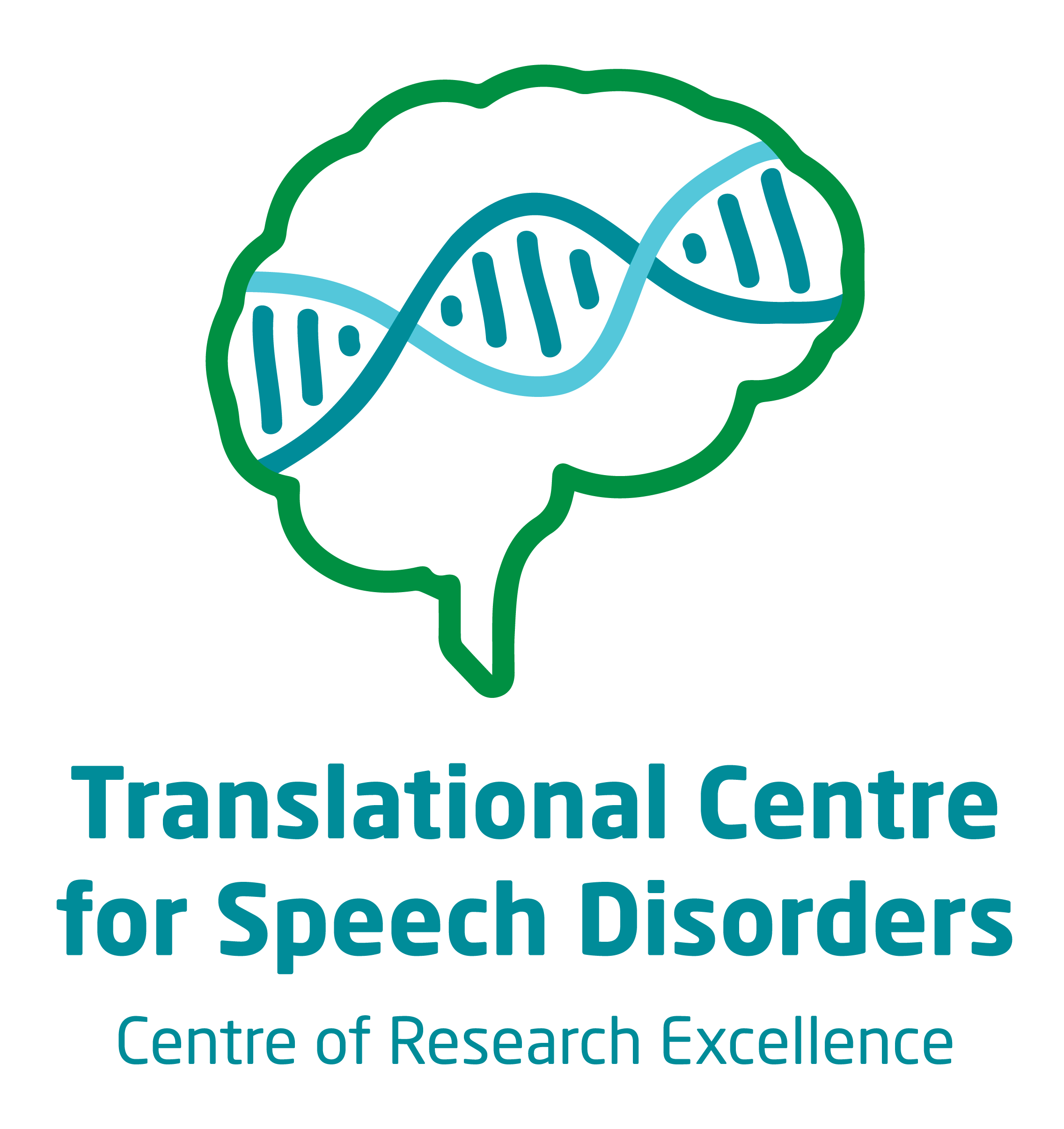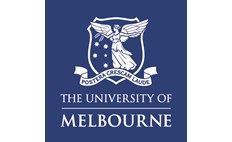Kabuki Syndrome
What is Kabuki syndrome?
Kabuki syndrome is a genetic condition caused by pathogenic genetic variants in KMT2D (also known as MLL2) or KDM6A. The KMT2D gene, provides instructions for making the enzyme lysine-specific methyltransferase 2D. The KDM6A gene also has instructions for creating an enzyme, lysine-specific demethylase 6A. Both enzymes are found in many organs and tissues of the body and are important for development.
Pathogenic changes in either of these two genes can cause Kabuki syndrome. Individuals with Kabuki syndrome have distinct facial features, and some individuals have health conditions such as cardiac or urogenital malformations. Cleft lip and/or palate are common, as is mild to moderate intellectual disability.1
Contact
For further information, do get in touch with the CRE Speech and Language team at:
Email: geneticsofspeech@mcri.edu.au
Phone: (03) 9936 6334
Frequently asked questions
The potential health and medical conditions experiences by individuals with Kabuki syndrome are multisystemic.1
- Facial: Individuals with Kabuki syndrome often have facial differences, including cleft lip and/or palate, hypodentition and widely spaced teeth, and distinct facial features.
- Sensory: About half of all individuals with Kabuki syndrome have hearing loss, which can be conductive or sensorineural. Chronic ear infections are common, and many children require tympanostomy tubes (e.g., grommets) to alleviate hearing infections. Ophthalmologic anomalies such as ptosis and strabismus are also noted.
- Cardiac: Heart defects are common (~70%).
- Musculoskeletal and hormonal: Hypermobility and back problems (e.g., scoliosis), are observed in around a half to a third of individuals. Hypotonia (low muscle tone) tends to improve with age. Hormonal anomalies can cause short stature, and early breast development is seen in some female children with Kabuki Syndrome. High insulin levels (hyperinsulinism) are sometimes detected but are likely under reported.
- Urogenital: Urinary tract abnormalities and kidney disorders are less frequent, although are still noted in one quarter of individuals with Kabuki syndrome. Hypospadias and cryptorchidism can occur in males.
- Neurological: Seizures which are often well controlled by medications. Many individuals have intellectual disability (moderate-mild), though there a few individuals without cognitive impairment.
- Other development: Feeding impairments are experienced by most individuals, particularly earlier in life (~70%). There are several additional, though less frequently observed, health and medical conditions recorded in the literature in individuals with Kabuki Syndrome.
A small number may begin talking at a similar time to when typically developing children learn to talk (~12 months old). Most children with Kabuki Syndrome say their first words by 2 and a half years old.2
Mild to moderate dysarthria is the key speech feature of Kabuki syndrome. Dysarthric speech features include imprecise consonants, harsh vocal quality, hypernasality, reduced rate and stress, and distorted speech. Most individuals also have phonological delays (i.e., typical but delayed sound substitutions), with a handful having articulation (e.g., lisps) and phonological disorders (i.e., atypical sound substitutions).3
Language skills are generally impaired though a few individuals do not have language impairment. Language challenges are observed across language domains; semantics, morphology, morphosyntax and semantics-morphosyntax. Pragmatic skills are a relative strength for individuals with Kabuki syndrome.3
Some speech characteristics improve with age, such as phonological error patterns. However, dysarthric speech features do not tend to resolve as readily.3,4
Some individuals attend school in special education settings, whilst others attend mainstream schools.4 School placement depends on an individual’s support needs.1
Currently, there is not sufficient evidence to support the use of any particular speech and language therapies and supports with individuals with Kabuki syndrome.
As many individuals with Kabuki syndrome have cleft lip and/or palate, they may undergo surgery to address their cleft palate. Alongside surgical intervention, speech therapy can target speech impairment cause by their cleft palate and/or palate. However, there is also limited research evidence to support specific therapeutic approaches for individuals with speech impairment due to cleft lip and/or palate.5
Likewise, specific therapy approaches to address other speech features can be utilised. For example, phonological contrast therapy (such as minimal pairs) for phonological disorder and delay, and articulation based approaches for articulation disorder.6 There is also some evidence for targeting specific speech features for children with dysarthria, such as increasing voice quality.7
Seven of the sixteen individuals in Morgan et al.’s (2015) cohort were adolescents or young adults.3 Five of the teens had phonological delays, and the two oldest individuals (an older teenager and a young adult) did not have a phonological delay. All seven individuals had dysarthria. Speech sound production and articulation may improve with age, but dysarthria features tend to persist into late adolescence and early adulthood.
For further information about dysarthria, see our fact sheet here.
References
- Adam, M. P., Ardinger, H. H., Pagon, R. A., Wallace, S. E., Bean, L. J., Gripp, K. W., ... & Amemiya, A. (2021). GeneReviews®[Internet]. Available at: https://www.ncbi.nlm.nih.gov/books/NBK62111/
- Vaux, K. K., Jones, K. L., Jones, M. C., Schelley, S., & Hudgins, L. (2005). Developmental outcome in Kabuki syndrome.American Journal of Medical Genetics Part A,132(3), 263-264.
- Morgan, A. T., Mei, C., Da Costa, A., Fifer, J., Lederer, D., Benoit, V., ... & White, S. M. (2015). Speech and language in a genotyped cohort of individuals with Kabuki syndrome.American Journal of Medical Genetics Part A,167(7), 1483-1492.
- Upton, S., Stadter, C. S., Landis, P., & Wulfsberg, E. A. (2003). Speech characteristics in the Kabuki syndrome.American Journal of Medical Genetics Part A,116(4), 338-341.
- Bessell, A., Sell, D., Whiting, P., Roulstone, S., Albery, L., Persson, M., ... & Ness, A. R. (2013). Speech and language therapy interventions for children with cleft palate: a systematic review.The Cleft Palate-Craniofacial Journal,50(1), 1-17.
- Law, J., Dennis, J. A., & Charlton, J. J. (2017). Speech and language therapy interventions for children with primary speech and/or language disorders.The Cochrane Database of Systematic Reviews,2017(1).
- Pennington, L., Parker, N.K., Kelly, H., & Miller, N. (2016). Speech therapy for children with dysarthria acquired before three years of age. Cochrane Database Systematic Review, 18, 7:CD006937.






